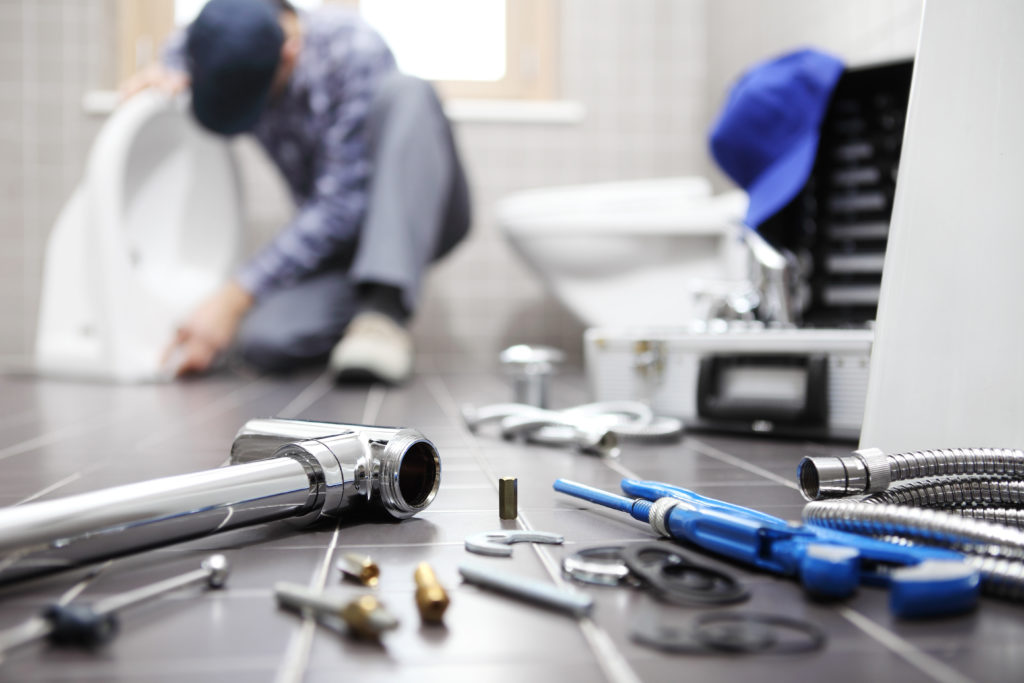VAPOROOTER FAQ’s
A. Vaporooter is a foam-based herbicide formulated to keep root growth out of your pipes. It works by penetrating the root cell walls and bursting them, causing the root to die and decay.
Q. Will Vaporooter destroy the roots in my pipes that cause sewer blockages?
A. Yes, not only does Vaporooter destroy existing roots, but with repeated annual applications, it also prevents regrowth.
Q. How does Vaporooter stop roots from growing back?
A. Vaporooter contains a root growth inhibitor called Dichlobenil 50W that attaches itself to any organic material inside the pipe and sterilises the soil wherever roots have previously gained entry.
Q. Will Vaporooter harm the plants and trees near my sewer pipe?
A. No, Vaporooter can only travel a very short distance up the root. It’s a non-systemic herbicide, which means it’s specially formulated to affect only the root material it comes in contact with.
A. Absolutely. In fact, the main ingredients of Vaporooter are also found in herbicides used to control weeds around food crops.
Q. Why does Vaporooter foam up?
A. Vaporooter is a foam-based herbicide, rather than a liquid-based one, because roots typically penetrate sewer pipes from above, rather than from the base of the pipe. A liquid herbicide would be less effective as it would quickly pass through the pipe. The Vaporooter foam base ensures that the essential ingredients get directly to the source of the problem and stay there for longer.
Q. Can I just pour it down the toilet and flush?
A. No, if Vaporooter is poured down the toilet like some caustic and copper sulphate products, it won’t foam up and may therefore have limited contact with the root mass.
Q. Can I apply Vaporooter myself?
A. No, Vaporooter must be pumped into your pipes by a licensed technician using a Mini Foamer machine. Only a trained technician can calculate how much foam is required to completely fill your pipes so that maximum contact with the roots is achieved.
Q. Can I use my plumbing while the technician is working on my pipes?
A. Yes, the Vaporooter foam coats the top and sides of your pipes while the wastewater flows underneath.
Q. How long does it take to pump Vaporooter into my pipes?
A. It depends on the length of your pipes, but most jobs take less than an hour.
Q. How long does Vaporooter take to work?
A. Vaporooter gets to work almost immediately. The herbicide penetrates the roots inside the pipe and pipe wall and at the entry point, causing the roots to die. As the root mass decays, it rots and is swept away in the flow. Once the root mass is gone, ground pressure helps to close the cracks and gaps in the pipe where the root mass used to be.
A. When roots are removed from a pipe with an electric eel or jetter, the remaining roots on the outside of the pipe go into survival mode by bleeding a sap that assists the plant to heal, just as a pruned branch produces sap. This sap retards the absorption of any chemical for a number of days. Once the bleeding stops, the roots quickly soaks up nutrients which promote growth. After about six to eight weeks fine white root stems have formed. These absorb the Vaporooter herbicide very effectively, therefore maximising the effectiveness of the product.
A. Once roots have entered your sewer pipes, you unfortunately have an ongoing problem. Each time a plumber clears your pipes, no matter how carefully it’s done, the abrasive action causes slight damage to the walls of the pipe, resulting in deterioration over time. Even worse, the roots that have been disturbed respond by growing back thicker and more vigorously than before. The thicker growth opens the cracks and joints even wider allowing more sewerage to contaminate your soil and more roots to penetrate your pipes. It becomes a vicious circle reducing the time period between each blockage. Because sewer blockages typically occur during holiday periods such as Christmas when the plumbing system is being heavily used, this could result in inconvenience and a costly call out fee to a plumber.


